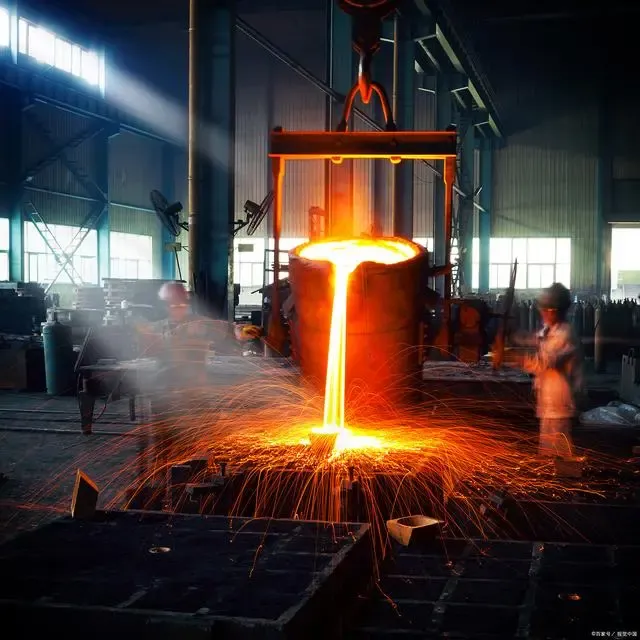Mobile:+86-311-808-126-83
Email:info@ydcastings.com
English
dispersion blade impeller
Understanding the Dispersion Blade Impeller in Fluid Dynamics
The dispersion blade impeller is a vital component in many industrial processes, particularly in the fields of chemical engineering, food processing, and pharmaceuticals. Designed to enhance the mixing and dispersion of various substances within a liquid medium, this device plays a critical role in ensuring uniformity and consistency in products.
At its core, the dispersion blade impeller operates by creating a vortex that encourages the movement of fluid within a reaction vessel. As the impeller rotates, it generates shear forces that break down agglomerates and facilitate the dispersion of solids or immiscible liquids into a continuous phase. This process is essential in myriad applications, such as the creation of emulsions or suspensions, where uniform distribution is paramount.
One of the key features of dispersion blade impellers is their unique geometry. These blades are typically angled and designed to induce turbulent flow patterns, which significantly enhance the mixing efficiency compared to traditional flat blade designs. The angle and shape of the blades, along with their positioning on the shaft, are crucial in determining the impeller's performance. For instance, a higher blade angle can increase the shear rate, leading to finer dispersion of the dispersed phase.
dispersion blade impeller

Moreover, the material and construction of the impeller must be selected carefully, considering factors such as the nature of the substances being mixed, temperature, and any potential chemical reactions. Common materials include stainless steel and various alloys, which provide durability and resistance to corrosion, ensuring a long service life even in challenging environments.
The application of dispersion blade impellers extends beyond just mixing; they are also integral to processes like homogenization, where achieving a consistent product texture is necessary. In the food industry, for example, dispersion blade impellers are used to create smooth sauces, dressings, and other emulsified products. Similarly, in pharmaceuticals, they aid in the preparation of suspensions and emulsions that require strict quality control in terms of particle size and distribution.
Despite their effectiveness, optimizing the performance of dispersion blade impellers requires careful consideration of several factors, including rotational speed, blade size, and the viscosity of the materials involved. Adjusting these parameters can lead to significant improvements in efficiency and product quality.
In conclusion, the dispersion blade impeller is an essential tool in the arsenal of industrial mixing technologies. Its ability to produce uniform mixtures quickly and efficiently makes it invaluable across various sectors. Understanding the principles behind its operation and optimization can lead to better results and enhanced product quality, ultimately benefiting businesses and consumers alike. As industries continue to evolve, the role of dispersion blade impellers will remain pivotal in meeting the demands of modern manufacturing and processing.
-
Materials Used in Manufacturing Cap End Pipe FittingsNewsNov.24,2025
-
Material Properties of CF8M CastingNewsNov.24,2025
-
How to Inspect Pump Cap Ends for DamageNewsNov.21,2025
-
Backward Curved Impeller – Efficient Airflow Solutions for Industry | YD CastingsNewsNov.21,2025
-
Automobile Water Pump - Efficient, Quiet, Durable & ElectricNewsNov.21,2025
-
Impeller for Pumps – High-Efficiency, Durable, OEM-ReadyNewsNov.21,2025











